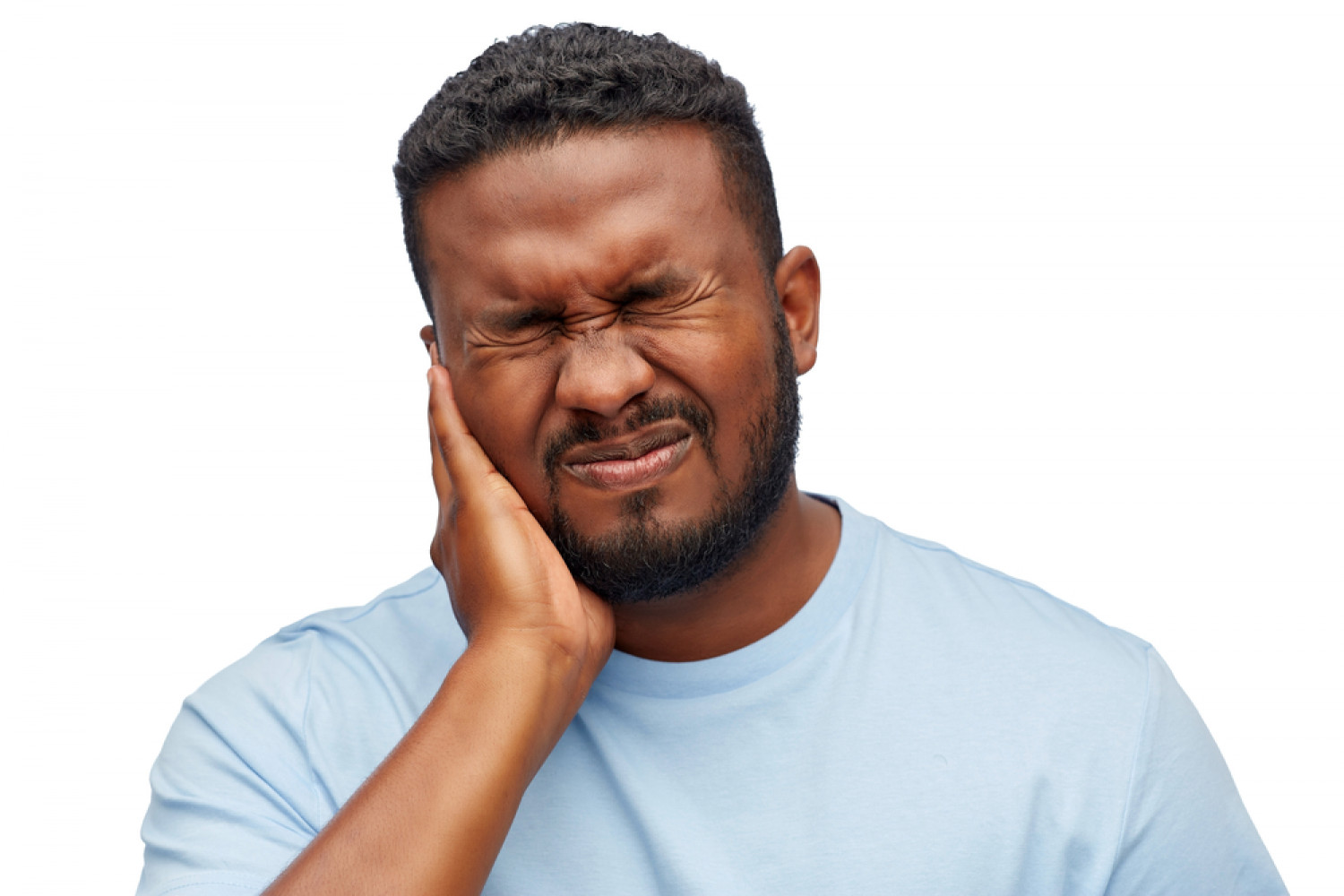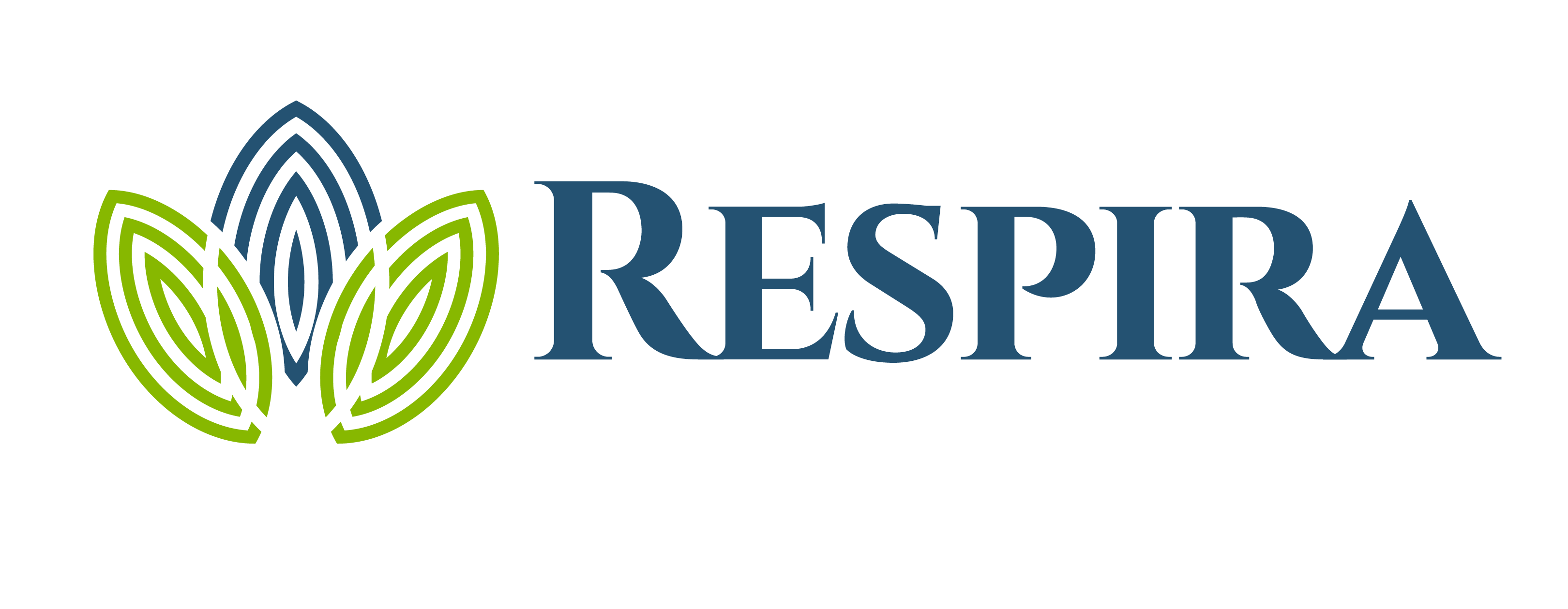

What is a TMD Disorder?
Temporomandibular disorder (TMD) occurs when there's an issue with your temporomandibular joint (TMJ). This joint is located on either side of your head near your ears and connects your lower jaw to your skull.
When there's a problem with your TMJ, you may have difficulty eating and speaking.
How is TMJ/TMD Diagnosed?
When you come to Respira, our providers will look at several factors to help with the diagnosis of TMD/TMJ. These factors include:
- The relationship between your upper and lower jaws
- How your teeth fit top to bottom to determine if your bite is off
- Your airway
- The position of your tongue
- Your ability to sleep
- Your overall posture
- The muscle patterns related to chewing, head-neck movements, and breathing
- Your jaw joint to see if there's any popping, clicking, or asymmetric movements
- The range of motion of your jaw joints, neck, shoulder, ribs, and hips
TMJ/TMD Treatment Options
Treatment With Vivos
Vivos treatment has the ability to relieve jaw pain without the need for surgery. These issues are often caused by the structures around your jaw.
This revolutionary TMJ treatment works by slowly changing the structure of your mouth through the continued wear of a mouthpiece. These mouthguards look like sports mouth protectors, but they're designed to be comfortable while you sleep.
The mouthguard also protects your teeth from grinding against each other to relieve pressure in your jaw. Your appliance will also be portable and easy to carry with you if you're sleeping somewhere other than your home.
Exercises for TMJ/TMD
After a TMJ/TMD diagnosis is confirmed, our doctors will recommend different exercises that can help relieve some tension and pain in your jaw.
Relaxation Exercises
Relaxation exercises can help to give your jaw muscles a break from tension and train them to hold less stress on a regular basis.Breathing exercises can help you relax and tensing and relaxing each muscle individually can help you to work your way up to relaxing your jaw muscles.Strengthening Exercises
Strengthening the muscles around your jaw can help them to better support your jawbone. This can help you manage pain when you have a flare-up.One such exercise includes placing your tongue on the roof of your mouth. Then, try to open your mouth as much as you can. Another exercise involving your tongue on the roof of your mouth involves pushing your lower jaw forward as much as you can while keeping your tongue in place.
A note from our providers
TMJ Symptoms could be a Sign of Obstructive Sleep Apnea (OSA) and Upper Airway Resistance Syndrome (UARS).Clenching your jaw is often the result of your body defending your airway against obstructions. Sometimes these obstructions can be from within your own body, such as a large tongue that falls back into your throat while you sleep.
During sleep, all your body muscles relax, including your tongue. If your tongue doesn't have enough space to fit in your mouth, it can settle into your throat and get in the way of your breathing. Your body may clench your jaw to temporarily resume normal breathing by partially waking you up.
If you or a loved one are experiencing symptoms of TMJ/TMD and/or sleep apnea, give us a call to schedule an appointment. .

